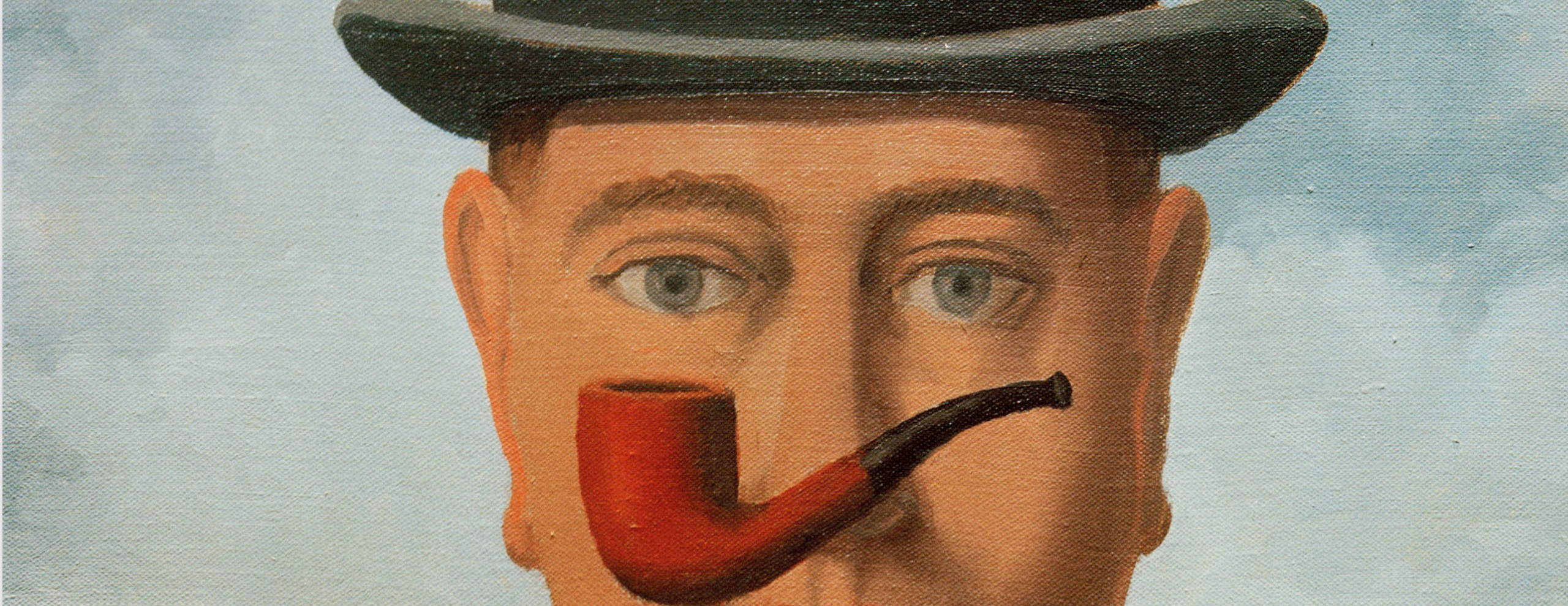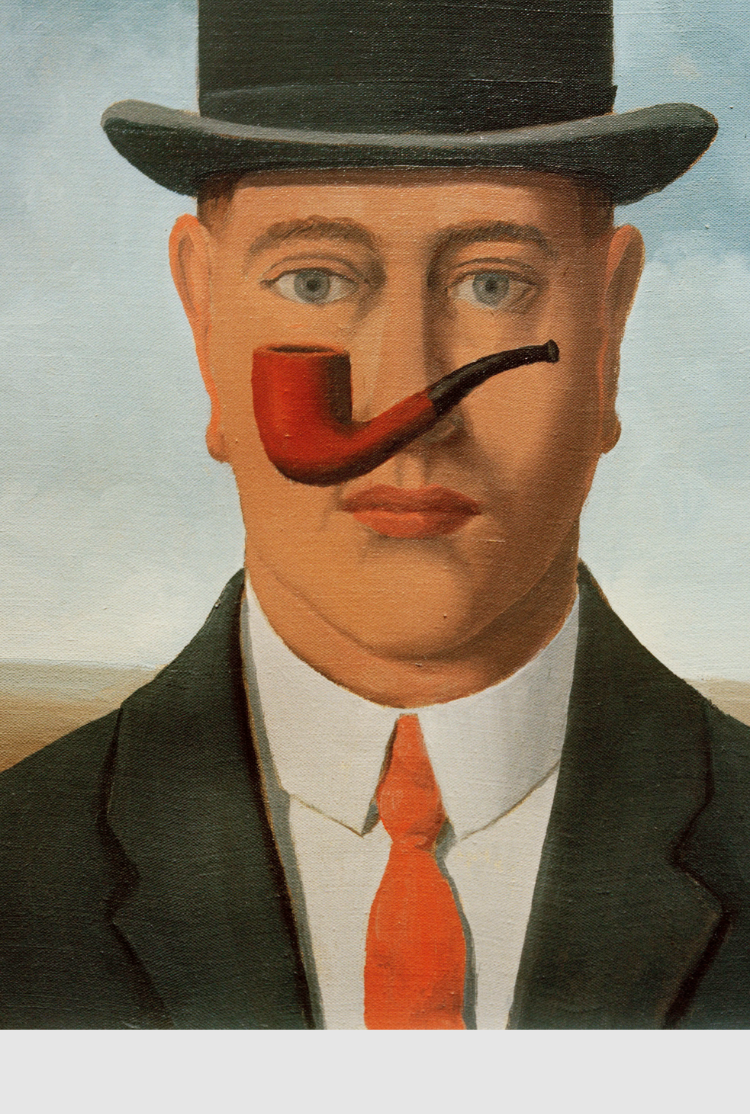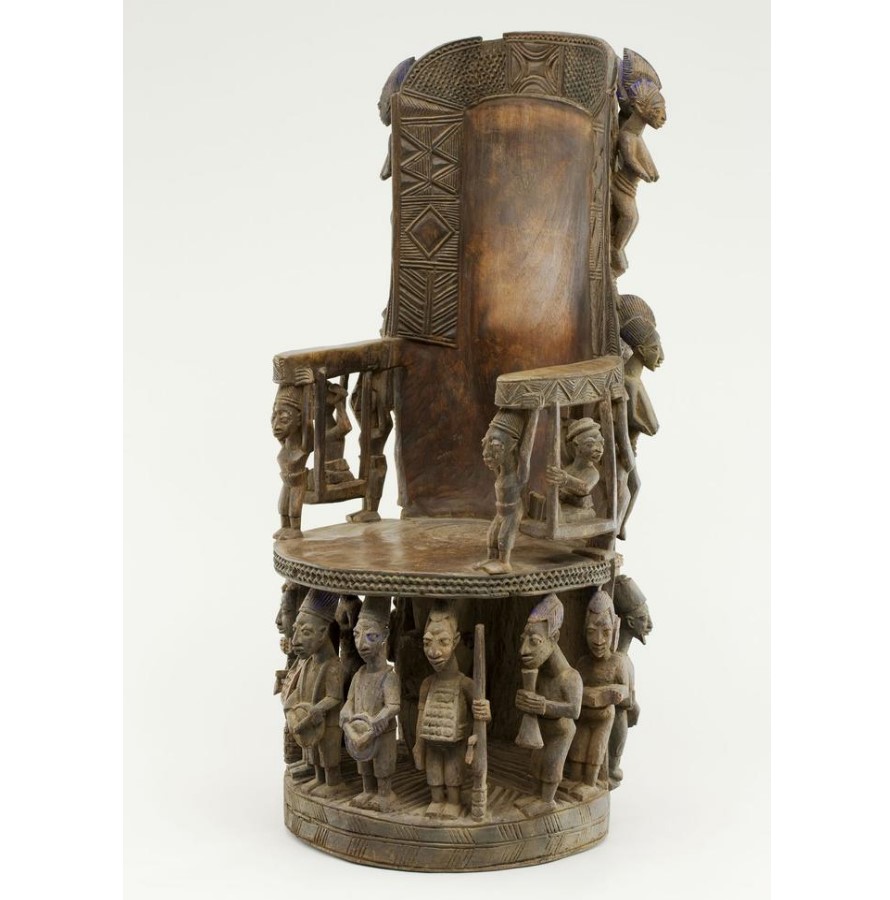
Who are the African artists of today?
Some of them continue to create traditional African art. The best-known example is Olowe d’Ise (who died in 1938), one of the most famous African artists.
There are also artists who, on the contrary, have totally broken with the past! These contemporary artists play with traditional codes to hijack them more effectively. Today, the African art world is incredibly dynamic and varied. Here are just a few examples:
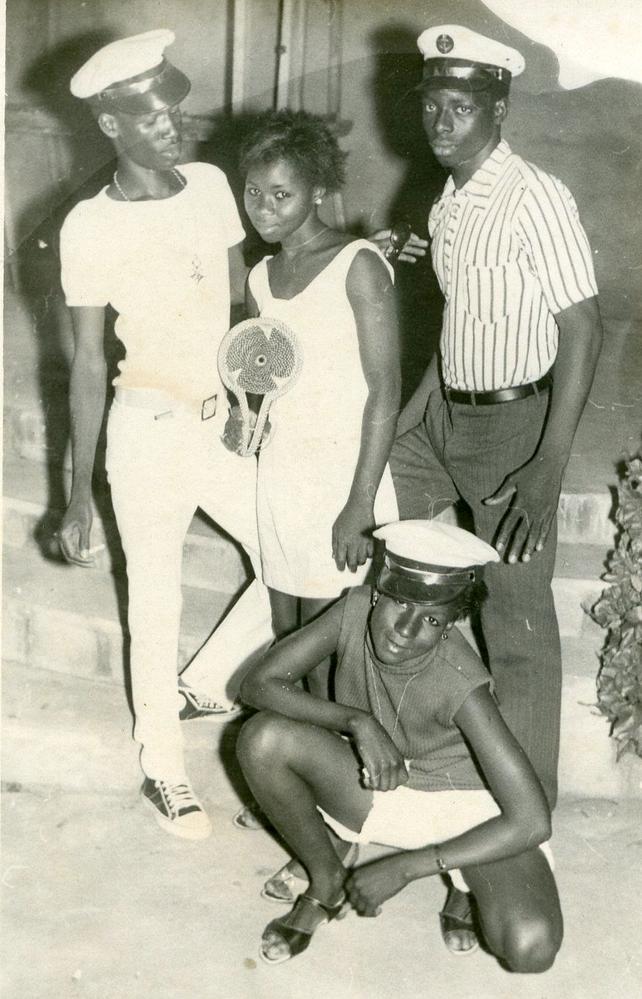
Malick Sidibé, Untitled (Group)
around 1960, only print run of the period, Magnin-A Gallery © Estate of Malick Sidibé

Mary Sibande, I’m a Lady,
2009, photograph, 35 x 23.62 inches. Photo: DR
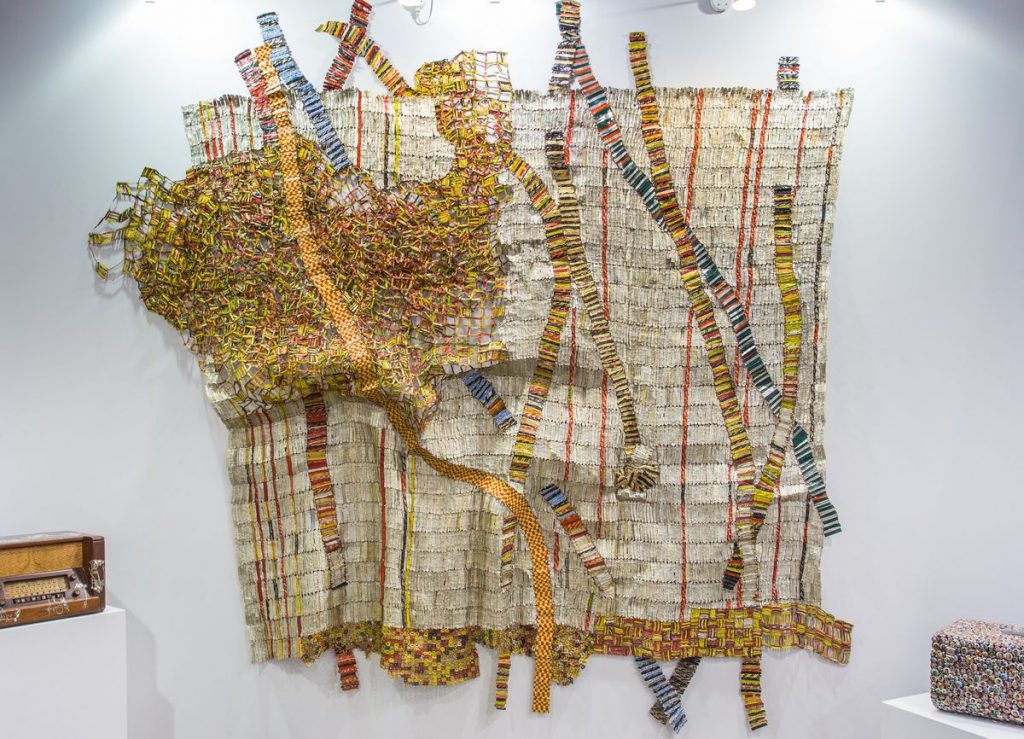
El Anatsui, 19th,
2015, Domain of Chaumont-sur-Loire. Photo: Eric Sander, DR

Contemporary African artists, some of whom have broken away from tradition and some of whom have not, make up a dynamic art scene.
